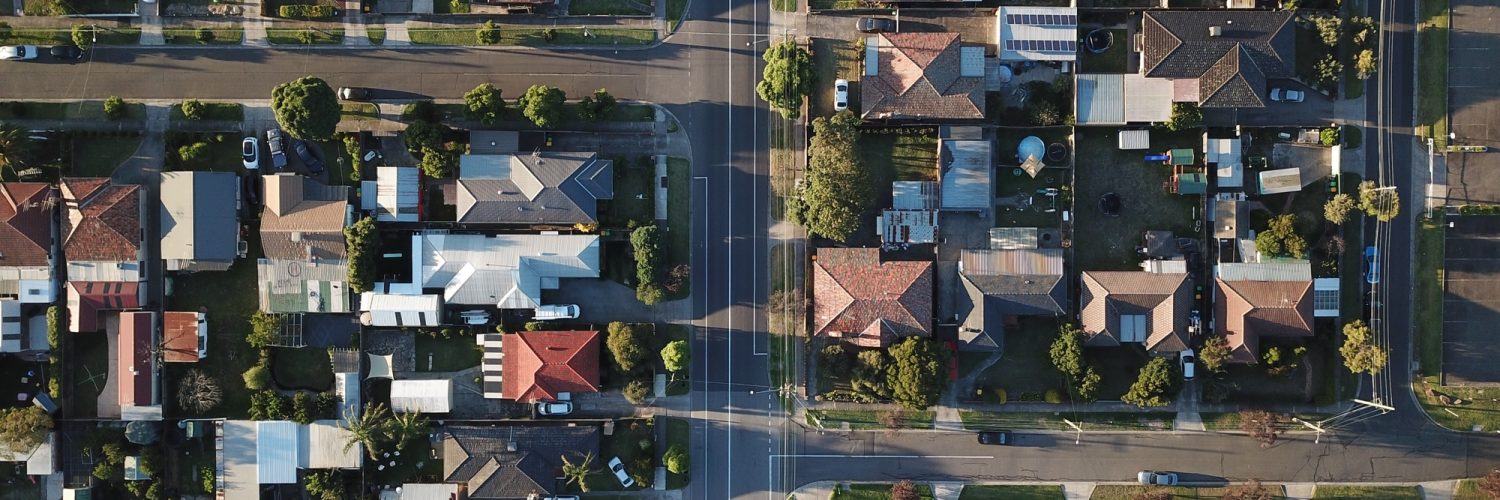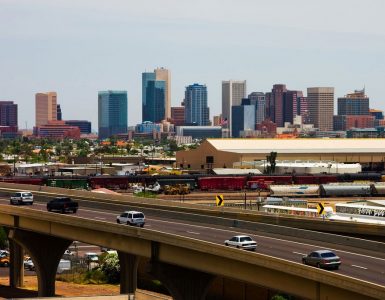Metropolitan Phoenix could be on the verge of one of the worst housing squeezes in the nation as housing and rent prices continue to rise, leaving more people without a place to call home.
Exacerbating the issue? A real estate industry unable to build housing projects fast enough to meet demand, an extreme labor shortage, and spiking development costs, local real estate industry experts said.
It could get a lot worse.
“I refer to it as the perfect storm. It isn’t just building and labor costs, but building products have gone up, too, and, today, the most severe labor shortage is for lot development, the folks that put in the sewer, concrete curbs and gutters, dry utilities, everything underneath the house, and the infrastructure to get to and from the home site,” said Jim Belfiore, founder and president of residential market research firm Belfiore Real Estate Consulting in Phoenix.
Crisis in the making
While homebuilders have been able to shoulder some of the costs, it’s getting tougher, said Belfiore, who recently moderated a panel of experts on the topic at an event hosted by non-profit Valley Partnership that advocates for the real estate industry.
“We can expect to have significantly appreciating home prices here in the very, very near future,” Belfiore said. “I think we’re in a critical period of time.”
Ron Hilgart, managing principal of Phoenix construction management firm, HilgartWilson, said the industry has watched construction costs jump 40 percent in the past four years.
“Land development cost is only part of the overall home costs but it is a major cost and one that has seen significant increases,” said Hilgart, one of the panelists.
Planning and zoning boards and municipalities have piled on new regulations year after year causing home prices to appreciate, he said.
“A city that used to require 20 percent open space, now requires 30 percent,” he said. “That not only increases cost of the project for landscaping and amenities for the open space but also reduces the number of lots you can put on the property.”
Young workforce missing
Labor shortages are a problem nationwide. But Arizona has taken longer to recover from the recession, in part due to anti-immigration laws like SB1070 that caused immigrants to flee the state, panel members said.
“A lot of the labor pool that was here pre-Great Recession has left the state or industry and they have not returned,” Hilgart said.
An aging labor pool is another worry. The median age in the industry is now 42, according to the National Association of Home Builders. In March, unfilled jobs reached a post-Great Recession high at 360,000, a significant gain over 234,000 in March 2018.
“The labor shortage has really affected the schedule that home builders can deliver on because of a lack of contractors,” Hilgart said. “There are projects that are going out to bid and getting zero bidders responding with proposals. It’s not unusual once you find bidders who can’t meet their schedule.”
For Maricopa County, the numbers continue to climb:
-Over the past three years, metropolitan Phoenix experienced the highest influx of residents than any other county in the nation, according to the U.S. Census.
-Today, Phoenix is experiencing some of the fastest home-price growth in the country. Home values are now hovering near their 2006-2011 peak.
-Rents in the Phoenix metro area are some of the fastest growing in the nation, jumping a minimum of 6 percent annually, according to RentCafe.
-To meet rental demand, Arizona will need to build almost 17,000 new apartment homes per year – or 236,000 apartment homes – by 2030, according to a study commissioned by the National Apartment Association and National Multifamily Housing Council.
National phenomenon
Arizona’s issues are heightened because of a huge population influx. But the state is not alone in its housing dilemma.
More than half of Americans are making spending or housing changes to afford their monthly housing payment, according to a recent Freddie Mac survey. About two-thirds of renters cannot afford to buy a home. That’s up from 59 percent two years ago.
As the housing industry has gone from “zero to 90 miles per hour” since 2012, now it is time to step back and focus on workable solutions, Belfiore said.
One starting point is to work with municipalities to revise regulations and impact fees to free up land for affordable housing, he said.
Not every house needs a porch. Not every street needs an extra asphalt layer. Not every housing development needs a monument entrance, Belfiore said.
“A lot of municipalities are requiring additional architectural features on homes. They look beautiful but they cost money.”
“At the end of the day, anywhere there is land to build on today that is appropriate for residential use, I think our municipal leaders and our builders need to come together and allocate some share of that remaining land towards affordable housing and we need to have different requirements.”















Add comment